Along with Lich Trieu Hien Chuong Loai Chi - a work considered "Vietnam's first encyclopedia", Hai Trinh Chi Luoc is an important contribution of Phan Huy Chu (1782-1840) to the country's culture, especially the records about the situation of our country's sea and islands under King Minh Mang.
The Sea Journey (a brief account of a sea voyage) was completed in 1833, the result of a sea voyage by Phan Huy Chu and his delegation to Singapore and Batavia, Indonesia in the winter of 1832. This is considered one of the earliest works recording a sea voyage to the South, to the countries of the Lower Continent/Indonesia region in the early 19th century.
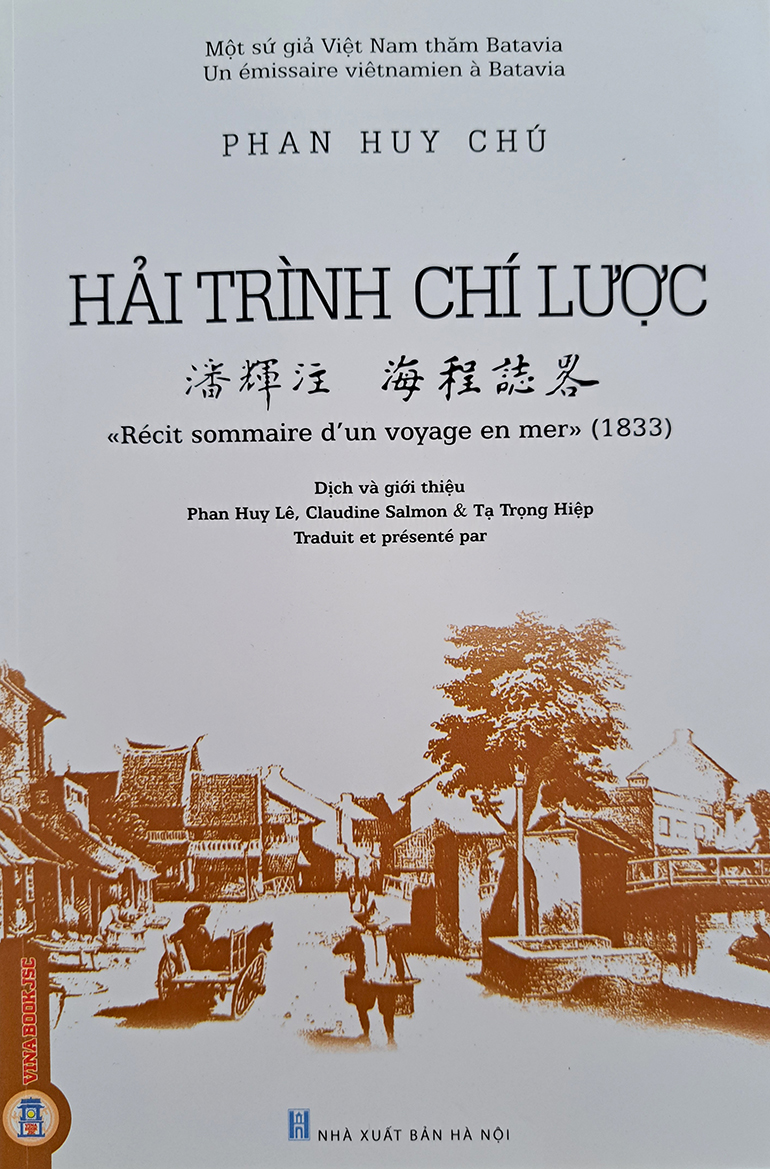 |
| Cover of the book "The Sea Journey" |
Valuable documents about sea and islands
The Sea Journey is written in Chinese characters and consists of two parts. The first part records the sea journey from Quang Nam to Con Dao before leaving our territorial waters to enter the Gulf of Thailand and reach Singapore. The second part records the author’s observations in neighboring countries. The work is valuable in many ways, of which the first part is a valuable document about the situation of our country’s sea and islands nearly 200 years ago.
At the beginning of Hai Trinh Chi Luoc , Phan Huy Chu Luoc wrote about the sea areas of Quang Nam and Quang Ngai with two main focuses being Cu Lao Cham and Cu Lao Re (Ly Son). In the part about Binh Dinh, the author focused on Thoi Phu estuary, Vong Phu mountain and Thi Nai estuary. The part about Phu Yen took up a relatively large amount of space with two main places being Vung Lam estuary (also known as Vung Lam) and Thach Bi mountain.
In the original text of the work, Phan Huy Chu used the two Chinese characters “vinh lam” to write the Nom name of the place, Vung Lam. This is where the Cau River flows into the sea, connecting to Xuan Dai Bay. This is also one of the large seaports and is associated with many important historical events of Phu Yen.
However, in Phan Huy Chu's notes, he only focused on describing the natural geographical features of this estuary: "The Vung Lam estuary of Phu Yen is surrounded by mountains on all four sides, and has a port for boats to pass through. Inside the estuary is as wide as a large pond. On the shore, houses and gardens are densely packed. The scenery is also beautiful, but outside the estuary, there are many mountains, and every time the wind blows, the waves roll up, making people terrified."
The author also said that the mission's boat entered Vung Lam port one day, and at midnight it set sail again and encountered strong winds, "the sound of the waves was like a thousand galloping horses, the boat tilted three or four times, very dangerous" . This left a strong impression on the author, causing him to compare that the fierce waves of Dongting Lake in China were not as strong as those at this port.
Proud of the journey to the South
In the section about Da Bia Mountain, besides a little information about its physical characteristics and geographical location (“Thach Bi Mountain stands upright on the coast, near Deo Ca Mountain, the last boundary of Phu Yen” ), author Phan Huy Chu did not forget to mention the extremely famous historical event associated with this place: “That is where the previous Le Dynasty carved a stone. When King Thanh Tong went to fight Champa, he captured their lord Tra Toan, and returned victorious. He then took that land and established it as Quang Nam Thua Tuyen, carving a stone stele on the coast as a boundary marker.”
The special position of Da Bia Mountain on the nation's journey to the South was also mentioned by the author in the following note: "During the prosperous Hong Duc period, the border reached here. From this mountain to the outside, it was considered a wasteland. Since the current dynasty (ie the Nguyen lords) continued to rule and stabilize Nam Ha (ie Dang Trong). Emperor Thai Tong (ie Lord Hien Nguyen Phuc Tan) defeated Champa, took back the land and established two prefectures, Dien Khanh and Binh Khang, which are today's Binh Hoa and further in. The Saints continued to exploit the South Sea."
At the end of the section about Thach Bi Son, which is also the section about Phu Yen, the author could not hide his deep pride in the journey to the South to open up new lands of previous generations: "Looking from afar, seeing the sea gate and cliffs, imagining the division of different territories, I suddenly felt respectful of the past."
It can be seen that, writing about the sea of Phu Yen, Phan Huy Chu not only provided a lot of important information but also expressed the deep love and pride of a great scholar who always had a heavy heart for his country. The work is one of the valuable contemporary sources of documents about Phu Yen in the early 19th century.
| Phan Huy Chu, whose pen name was Lam Khanh and whose pen name was Mai Phong, was from Thuy Khue village (now Sai Son, Quoc Oai, Hanoi). He was an outstanding writer of the famous Phan Huy family, a scientist and a great cultural celebrity of our country during the Nguyen Dynasty. In his monumental writing career, Hai Trinh Chi Luoc holds an important position in the collection of works about Vietnam's seas and islands in the Middle Ages. |
PHAM TUAN VU
Source: https://baophuyen.vn/94/321695/hai-trinh-chi-luoc-tu-lieu-quy-ve-phu-yen-dau-the-ky-xix.html







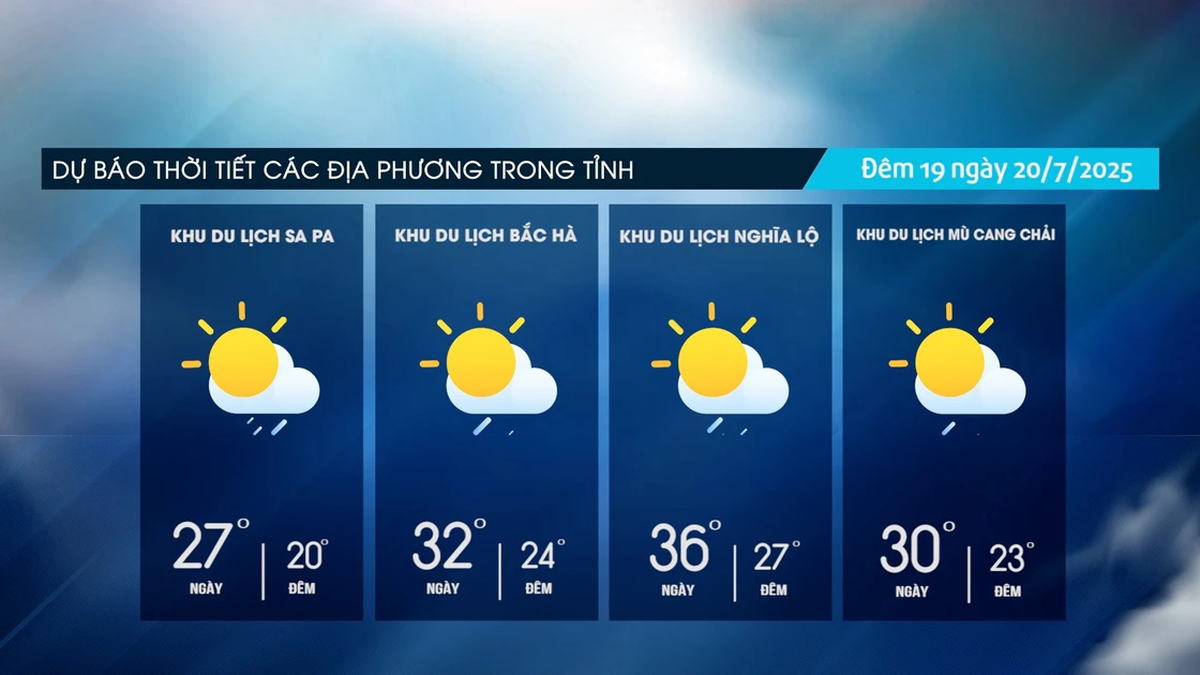
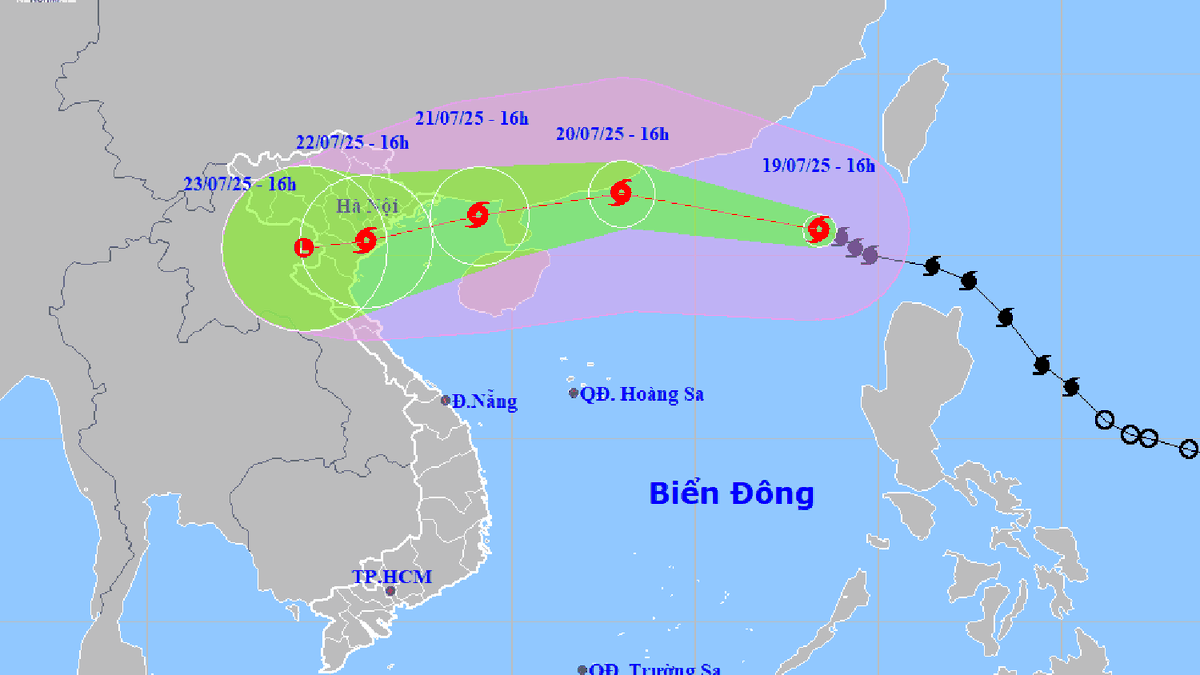
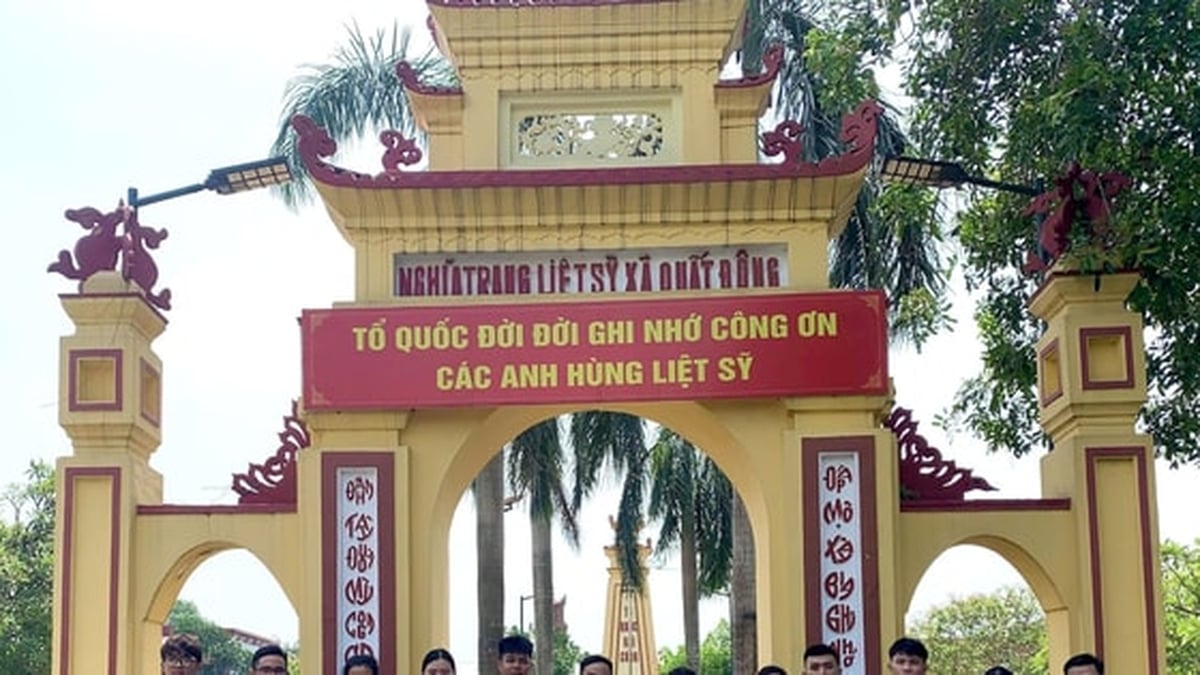
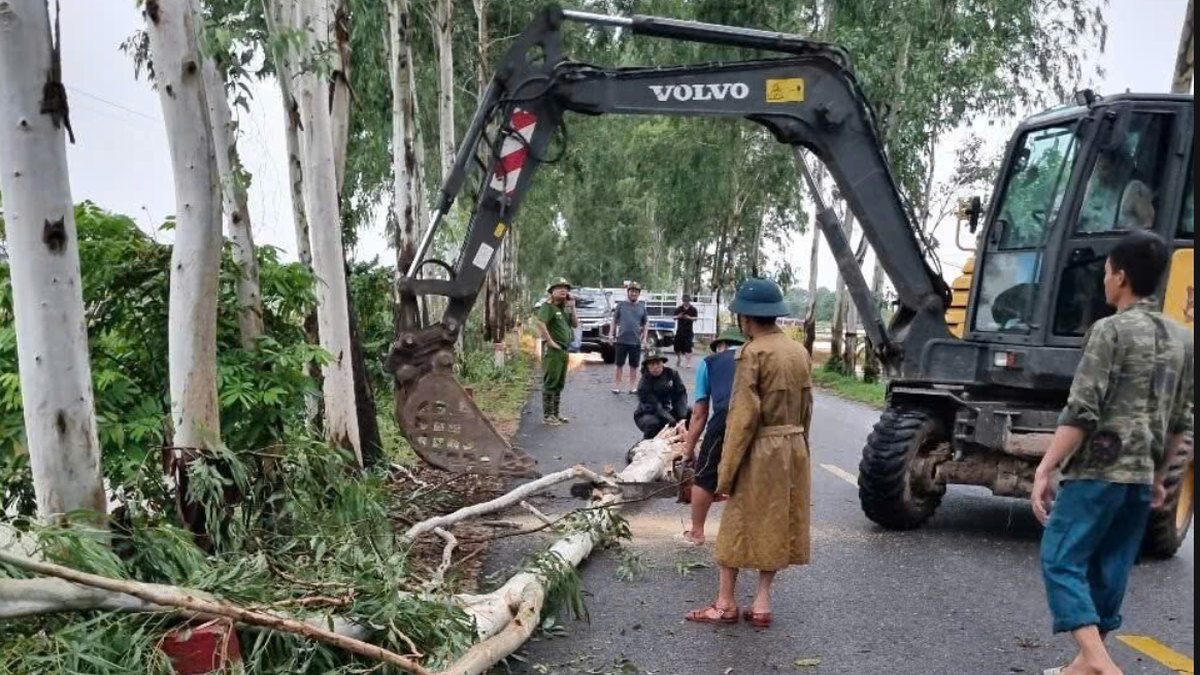
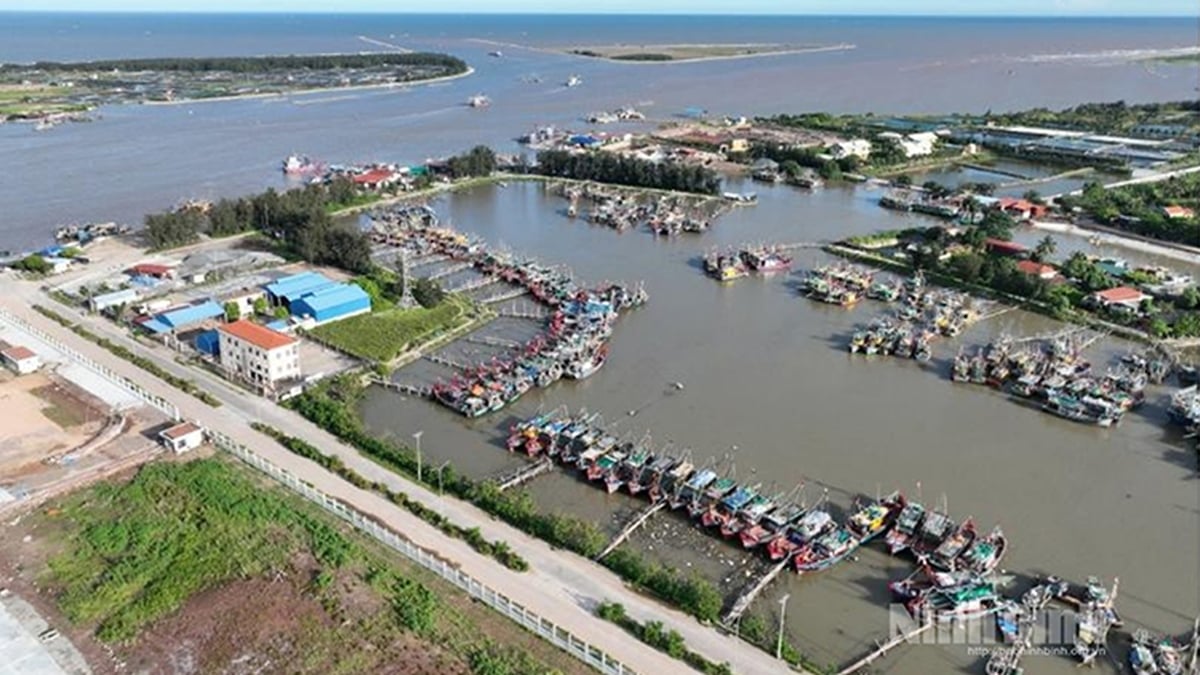






















































































Comment (0)